As your partner we created this article to give you some ideas on how to same money on your home utility bills These suggestions are just that, they are in no way an endorsement in any vendor or product
Summer Rates
SCE and all providers have a summer rate program that we all know about from the first Sunday in June to the 1st Sunday in Oct these rates can triple and have a tariff on top of it depending on what time of day you use energy (TOD)
Please make sure you check your rate program with SCE or your provider for the summer and you are signed up for the best rates possible
Audits
All Energy Providers will do a Energy Audit for you, some at no charge> They will also inform you about all the rebates available when you upgrade your home with windows, doors, appliances, lighting and water saving devices. Please take advantage of any of these when they are available and you are doing work on your homes
Solar
Solar energy is sustainable, renewable, and plentiful. As the cost of using solar to produce electricity goes down each year, many Americans are increasingly switching to solar. Now, there are over a million solar installations across the country.

Lighting
In California incandescent lighting has been banned for some time, but their are a couple of options for you :
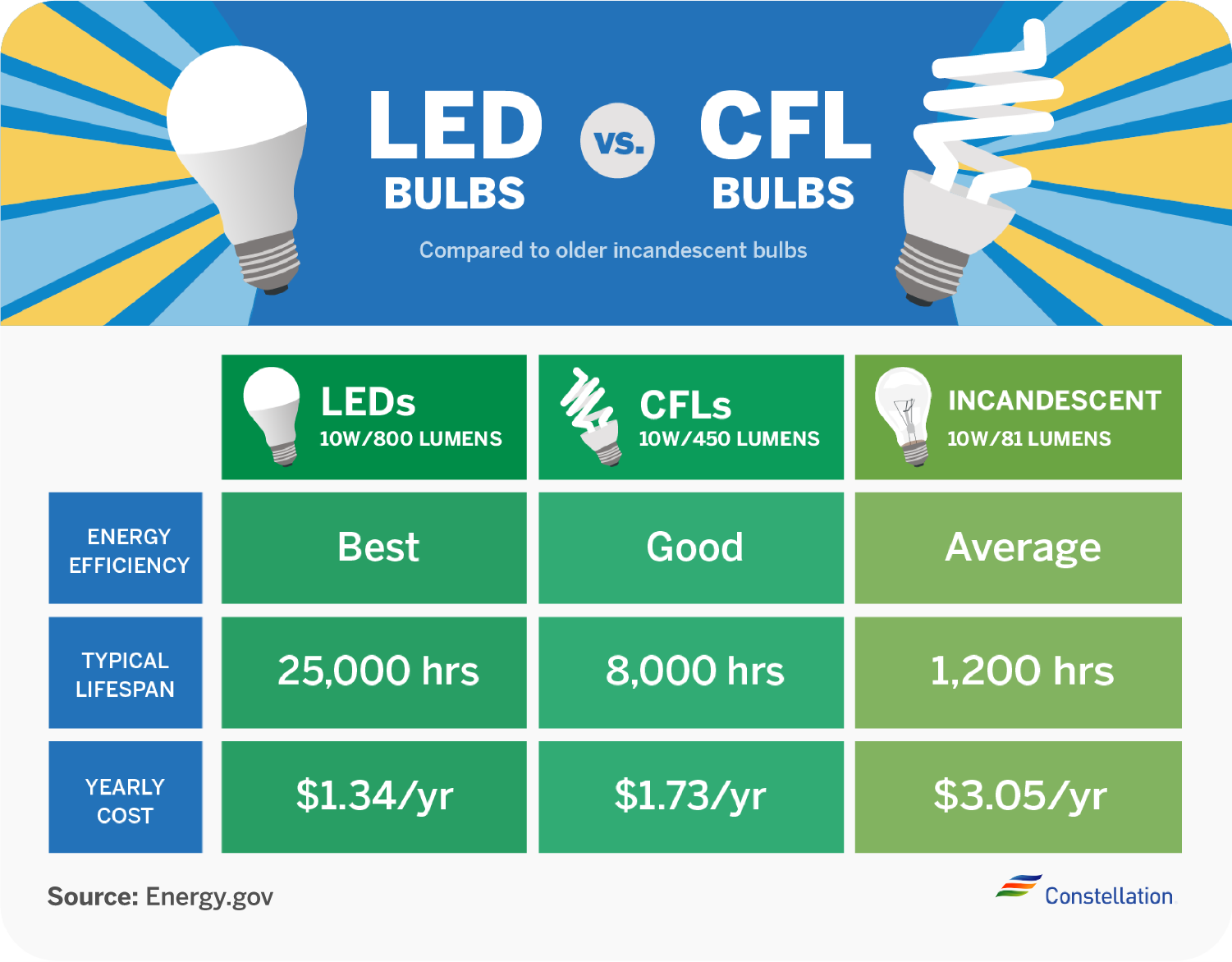
Beating the summer heat
There are several things you can do to help lower costs while beating the summer heat
Attic Fans

Attic fans are designed to be used as a supplemental addition to your HVAC unit, not a replacement.
Regular Maintenance and AC Cleaning

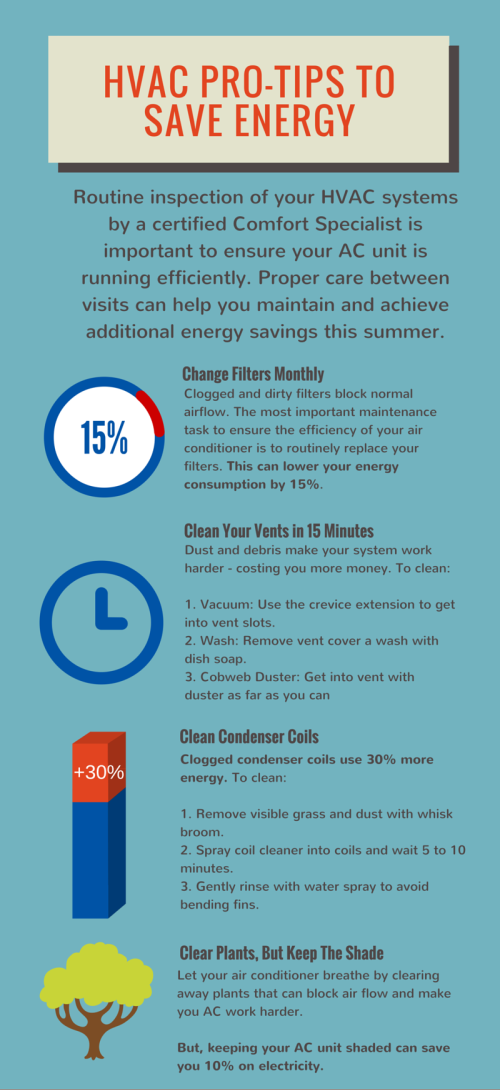
Other ways to save energy with your AC include:
- Use a smart thermostat (Point Central Thermostat)
- Install ceiling fans
- Shade your windows
- Seal leaks around door and windows
- Turn off lights when not needed
- Unplug any high usage devices when not home for long periods of time
Water Savings
The above are all great ideas but what if you wanted to do more...
- Thinking about a new washer, new toilet, new sinks...look for ones that is more water efficient and cash in on some rebates that could be available.
- We all love a great shower but low flow shower heads use much less water
- Toilet leaks, we don't think much about it but as they sit the flapper valves and fluid master (Valves inside our toilet tank) could begin to slowly leak wasting gallons of water
- Sprinkler lines outside are also a huge user of water, ensure your landscaper is doing irrigation checks to make sure you don't have any broken lines or heads to repair
- If you wash the car in your driveway, use a nozzle that has a auto shut off, open hoses can use upwards of 100 gallons when left open while you are soaping up your car.
- Desert landscaping instead of grass is always a nice alternative to save water
Gas Savings
- Adjust your thermostat
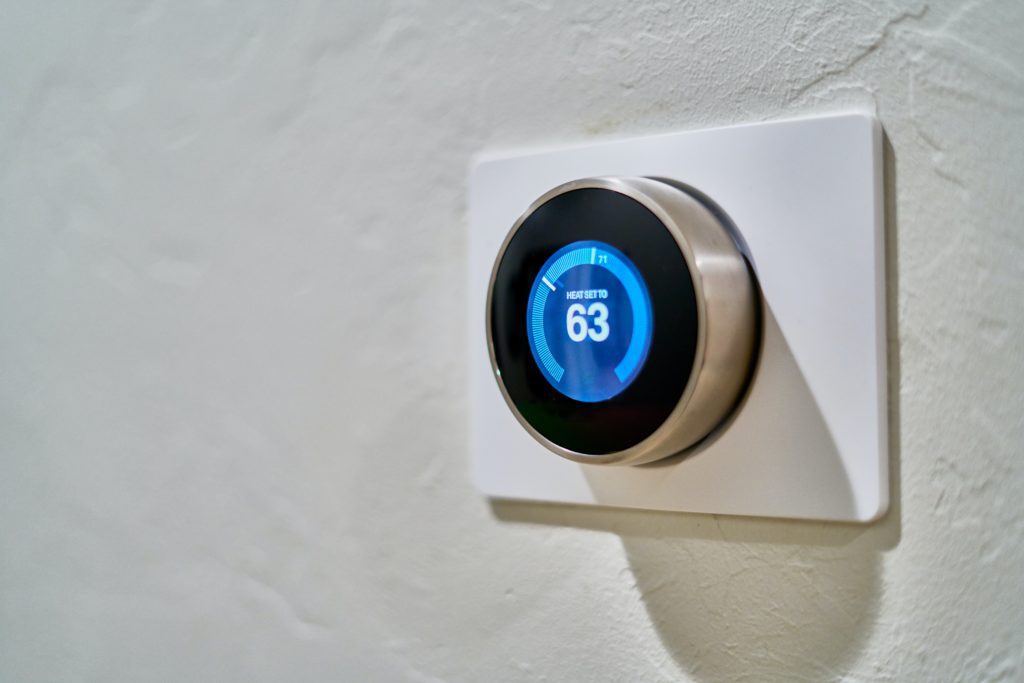
- Water Heaters
- Reduce hot water usage
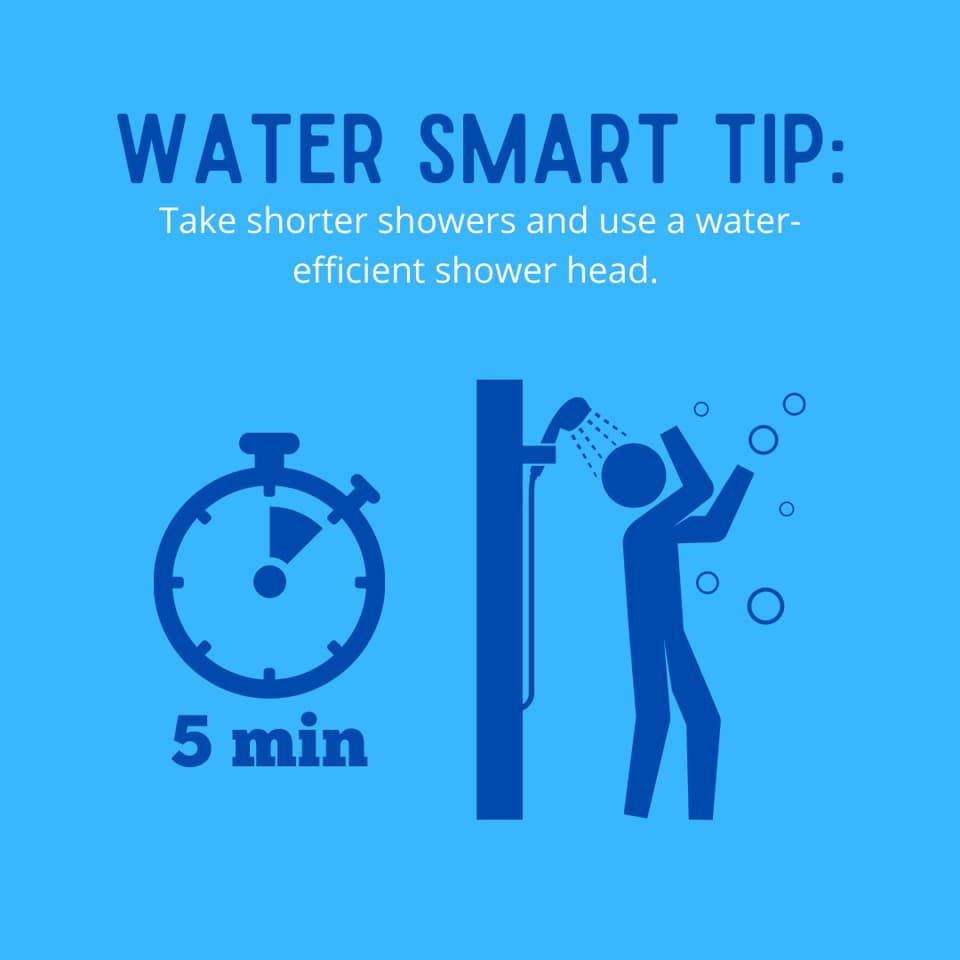
- Wash clothes in cold water
- Dryers
- Use your dishwasher's energy-saving features
- Use your ceiling fan
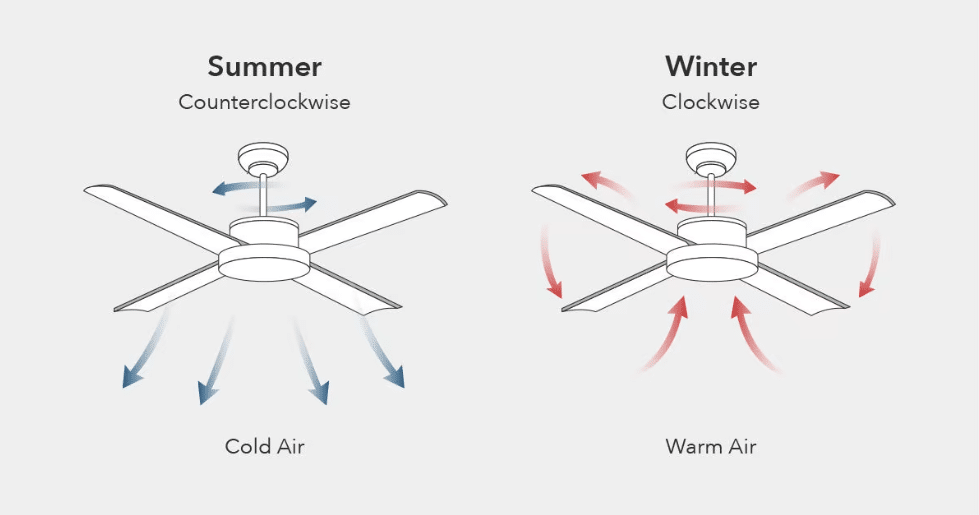
- Service your furnace

- Test your air ducts
- Use your blinds and windows
-
-
Pools and Spas
- Lower the pool or spa heaters temperature setting.
- Ensure your programming is set to preset and minimize heating hours.
- Reduce pool filtering and automatic pool sweep time to a minimum and schedule it for off-peak hours before noon and after 6 p.m. Also remember the sun and UV rays eat up chlorine on pools and that you will have to set programs accordingly
- Check the accuracy of your spas thermostat. An inaccurate thermostat can cost you hundreds of dollars each year.
- Consider replacing your pool pump. When programmed appropriately, variable speed pumps can deliver significant energy savings for all pool loads and without degrading performance.
Pool Filters
- Pools need to be filtered. How long you should filter your pool depends on:
- The pool size.
- The filtering equipment.
- How much you use the pool.
- Different environmental factors (such as how much sunlight hits the pool).
- Keep in mind that the more you use your pool, the more filtering it will need.
Pool and Spa Heater- The older your heater gets the more energy it takes to heat you pool and /or spa, make sure you have it serviced regularly and the burners cleaned yearly. If you are upgrading this think about new technology and maybe installing a heat pump to heat your pool for added efficacy and available rebates
Pool Cover
- There are two types of pool covers:
- Thermal/opaque covers help prevent heat and water loss. If left on during the day, they also transmit some heat to the pool.
- Solar covers help transmit heat to your pool from sunlight. They also help prevent heat and water loss.
- When shopping for a pool cover, be sure to check the durability, warranty, insulation value and safety features, as well as the price. If you have small children, be sure to choose a cover that will prevent them from being trapped underneath it.
Pool Pumps
All swimming pools have at least one recirculation pump, but many have multiple pumps. Many pool owners don't realize how much energy their pool pump may be wasting. Pool pump speeds vary based on the pool's operation. Filtration, for example, only requires half the flow rate of running a pool cleaner. Conventional pool pumps, with only one speed, are set to run at the higher speeds required of the pool cleaner and waste energy during filtration operation by running faster than necessary.
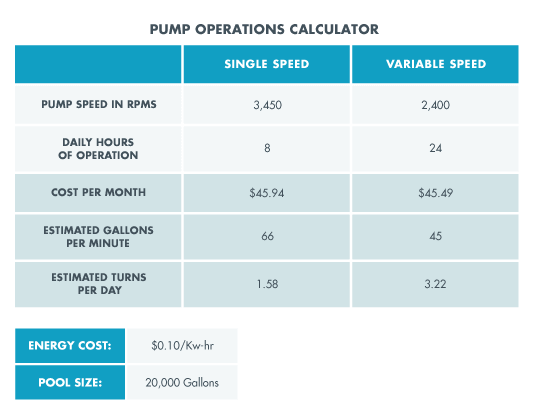
When remodeling or replacing a pool/spa pump always ask for a ENERGY STAR certified pool pump can run at different speeds (VSD or VFD) and be programmed to match the pool operation with its appropriate pool pump speed. The energy saved is considerable; reducing pump speed by one-half allows the pump to use just one-eighth as much energy. In addition, ENERGY STAR certified pool pumps can use more efficient motors and advanced hydraulic designs. ENERGY STAR certified pool pumps include in-ground pool pumps, above-ground pool pumps and pressure cleaner booster pumps.
ENERGY STAR certified pool pumps will:
- Most Pay for themselves in less than 2 years or less in our environment.
How much energy is saved? Your pool pump could be your home's second largest energy user, costing you as much as $260 in energy every year. Pool pumps that have earned the ENERGY STAR are independently certified to save energy, save you money, and help protect the environment. In fact,
-
-
Your pool pump could be your home's second largest energy user, costing you as much as $270 in energy every year.

24-hour emergency response
Customer service representatives are available
to respond to your needs 24 hours a day, seven days
a week. Just call The Gas Company toll-free
at 1-800-427-2200 or visit www.socalgas.com and make an appointment

